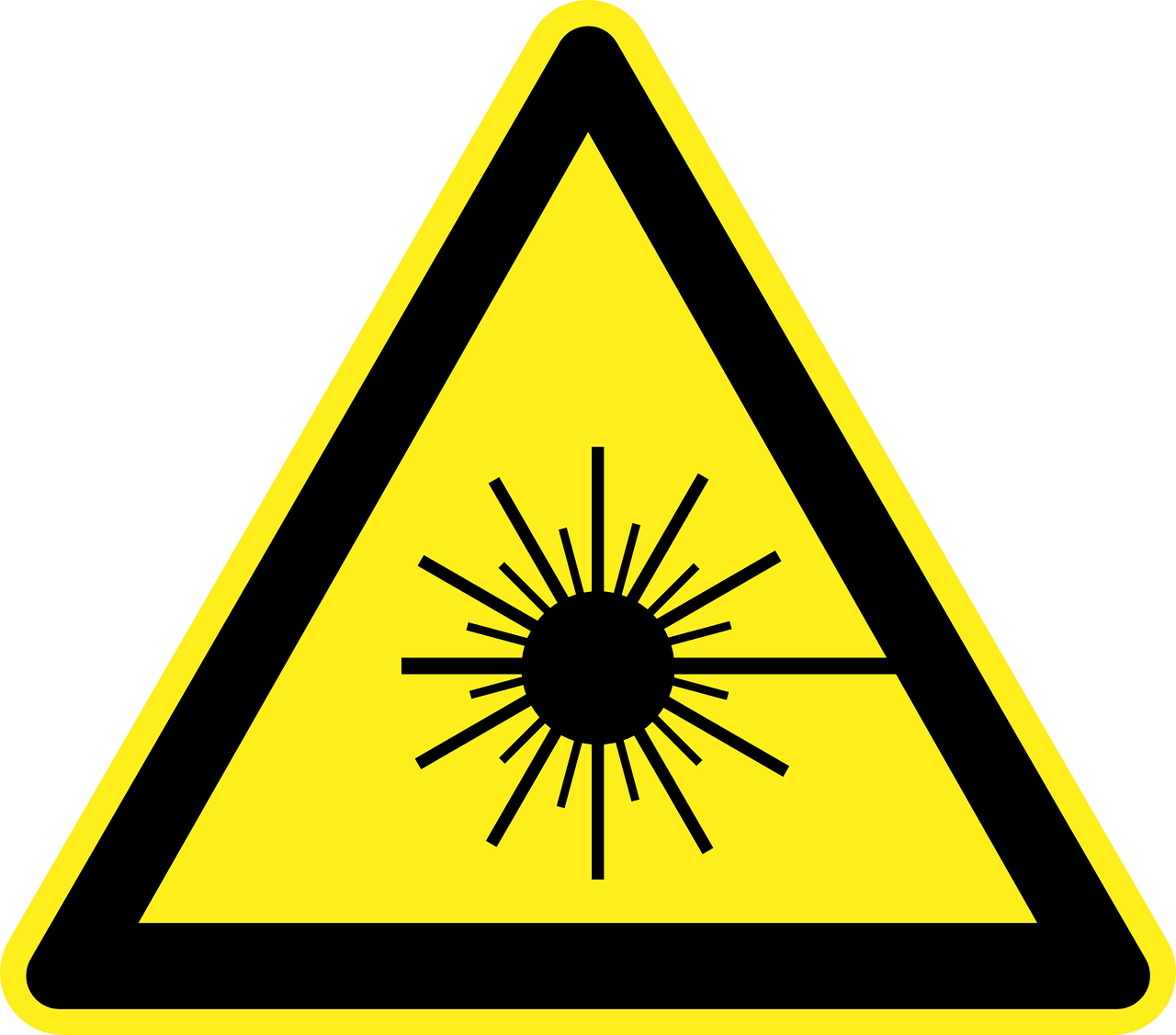Laser types are numerous and can be classified based on various criteria. Below is a comprehensive summary of laser types:
I. Classification by Working Medium
1.Gas Lasers:
1.Typical Representatives: Carbon Dioxide (CO₂) Laser
2.Characteristics: They can instantly vaporize tissue, achieving therapeutic goals. Primarily used for treating benign hyperplastic diseases.Laser Distance Measurement Sensor
2.Solid-State Lasers:
1.Typical Representatives: Q-switched Lasers, Ruby Lasers, Alexandrite Lasers, Garnet Lasers, etc.
2.Characteristics: Solid materials serve as the laser working substance. Often used for treating pigmentary disorders with remarkable effects.
3.Liquid Lasers:
1.Typical Representative: Pulsed Dye Laser Laser Distance Sensor
2.Characteristics: Utilize liquid as the laser source. Primarily used for treating vascular diseases such as port-wine stains, cavernous hemangiomas, and telangiectasias.
4.Semiconductor Lasers:
1.Characteristics: Use special instruments to emit light that penetrates to the root of hair follicles, destroying them and causing hair loss. Also used to irradiate diseased areas to alleviate pain.Infrared Sensor Long Distance

.Fiber Lasers:
1.Characteristics: Fiber lasers have unique application value in scar treatment.
II. Classification by Energy Output Method
1.Continuous Wave Lasers:
1.Characteristics: Laser energy is output continuously, such as in CO₂ lasers.
2.Semi-Continuous Lasers:
1.Characteristics: Fall between continuous and pulsed lasers, with specific characteristics depending on the type.
3.Pulsed Lasers:
1.Characteristics: Laser energy is output in pulses, such as Q-switched intense pulsed lasers. Capable of precise energy control, used for various delicate treatments.
III. Classification by Output Wavelength Range
Lasers can also be classified based on their output wavelength range, such as visible light, near-infrared, mid-infrared, and far-infrared. Different wavelength ranges have distinct applications in medicine and aesthetics.
IV. Other Common Laser Types
1. Fractional Lasers:
1.Characteristics: When skin is damaged, fractional laser's intense light stimulation triggers self-repair and stimulates collagen regeneration, achieving skin tightening and other effects. Commonly used for treating acne, removing wrinkles, and scar hyperplasia.
2. Picosecond Lasers:
1.Characteristics: Picosecond lasers deliver high energy in ultra-short pulses, shattering pigment particles. Used for spot removal, acne scar removal, and other aesthetic treatments.
3. Ultra-Picosecond Lasers:
1.Characteristics: As an upgrade to picosecond lasers, ultra-picosecond lasers may offer superior energy output and treatment effects.
4. Excimer Lasers:
1.Typical Applications: Excimer laser surgeries, including Photorefractive Keratectomy (PRK), Laser-Assisted In Situ Keratomileusis (LASIK), and Laser Epithelial Keratomileusis (LASEK), are used to correct refractive errors such as myopia, hyperopia, and astigmatism.

V. Conclusion
Laser types are diverse, each with unique characteristics and application areas. When choosing laser treatment, it's essential to consider the specific condition, treatment needs, and medical advice to select the appropriate laser type. Additionally, laser treatment is a medical procedure that should be performed in licensed medical institutions to ensure safety and efficacy.